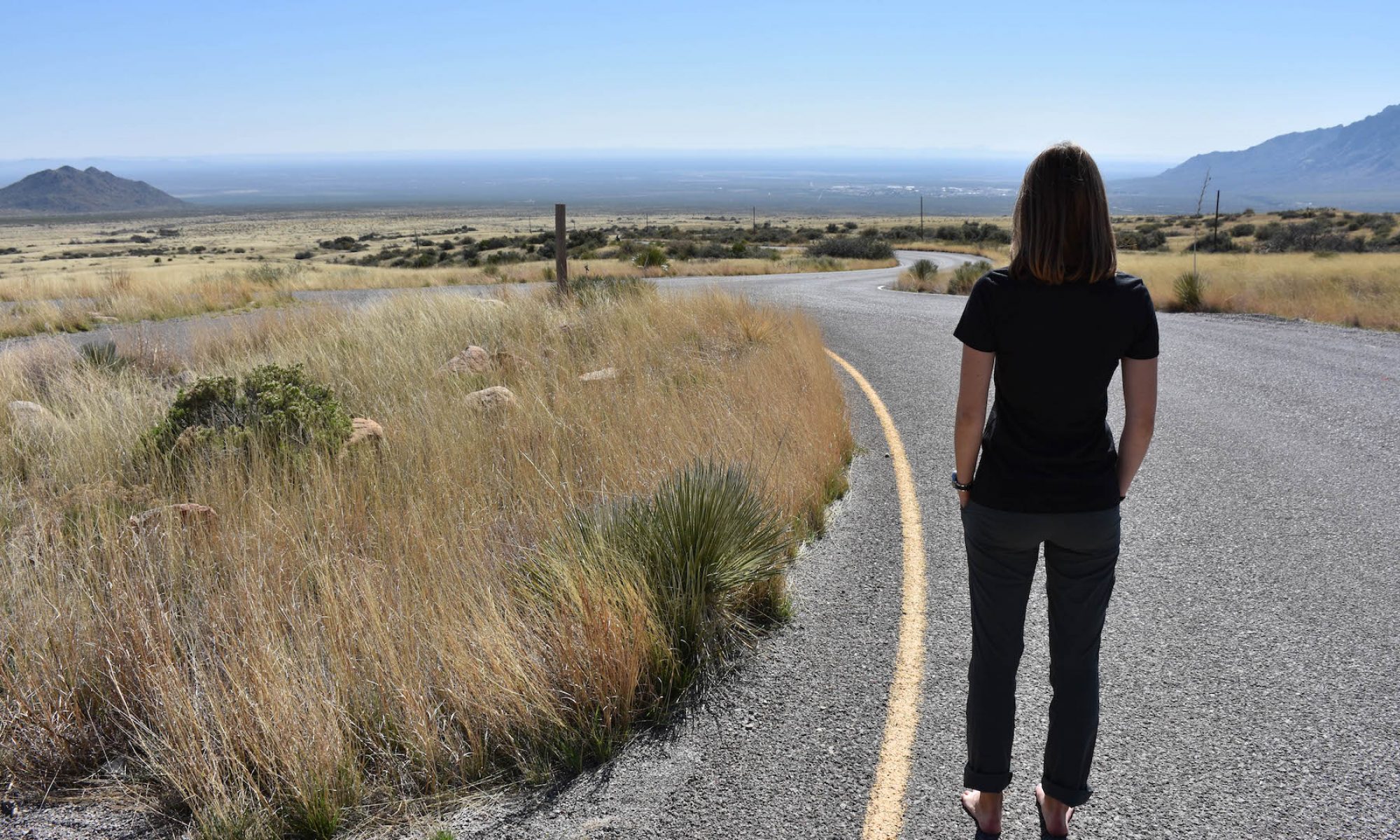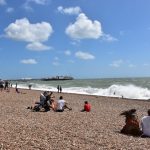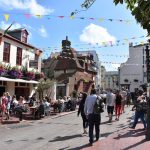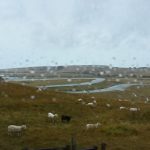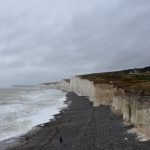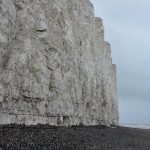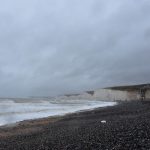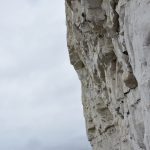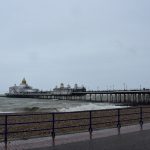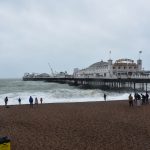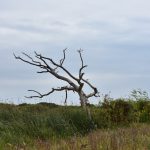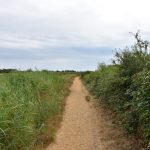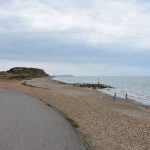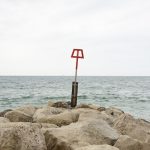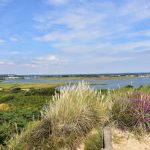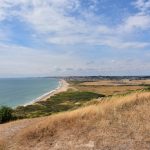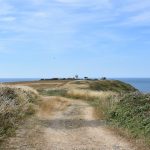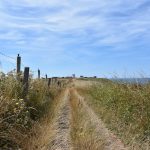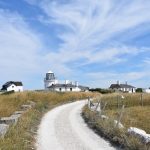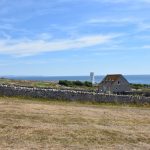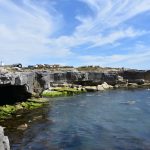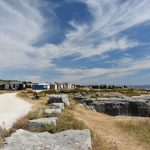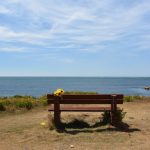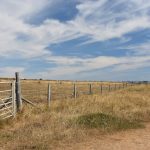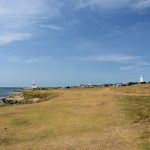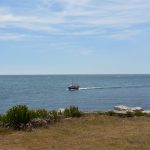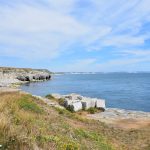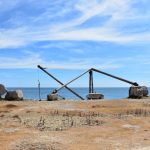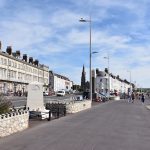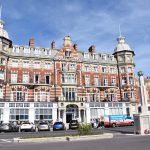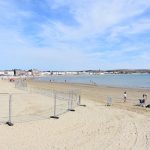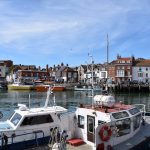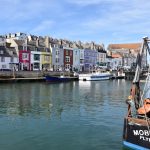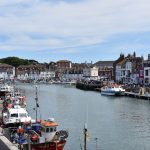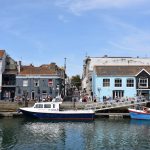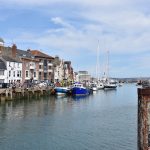The weather not being the best while we were in Brighton we unfortunately didn’t visit much of it. We started by eating on the beach while the sun was still shining; the wind was very strong though, making huge waves break on the beach (much more interesting to observe than still water on a warm day…)
We also did have time to walk through the famous lanes, the Pavilion Gardens and the Pavilion. It was enough time to observe that Brighton is a vibrant city, full of surprises and street musicians!
The next day was the worst, it was “raining cats and dogs” or “pouring down” as one would say, but we decided to stick to our initial plan, take the bus along the coast. We drove to the National trust Birling Gap and the Seven Sisters with the ides of walking back to the Sevens Sisters Country Park, but as the rain wouldn’t stop we took the bus again to Eastbourne and then back to Brighton.
The Seven Sisters are seven famous chalk cliffs that are eroding 30 to 40 cm every year, making houses disappear little by little.
Tipps: Accommodation: Kipps Brighton Hostel, many nationalities, great place to meet people! One of the most important event: Brighton and Hove Pride "Funny" fact: Big Beach Boutique by Fatboy Slim
